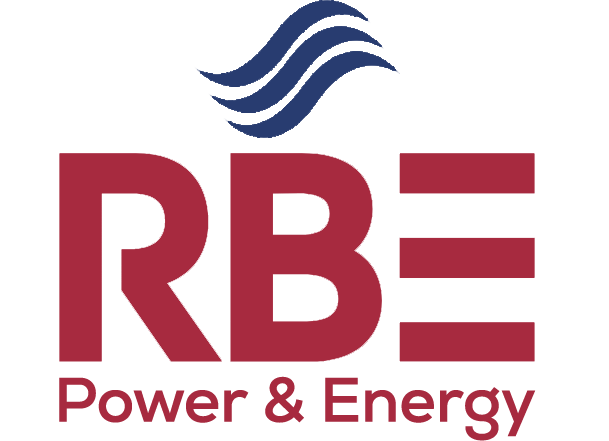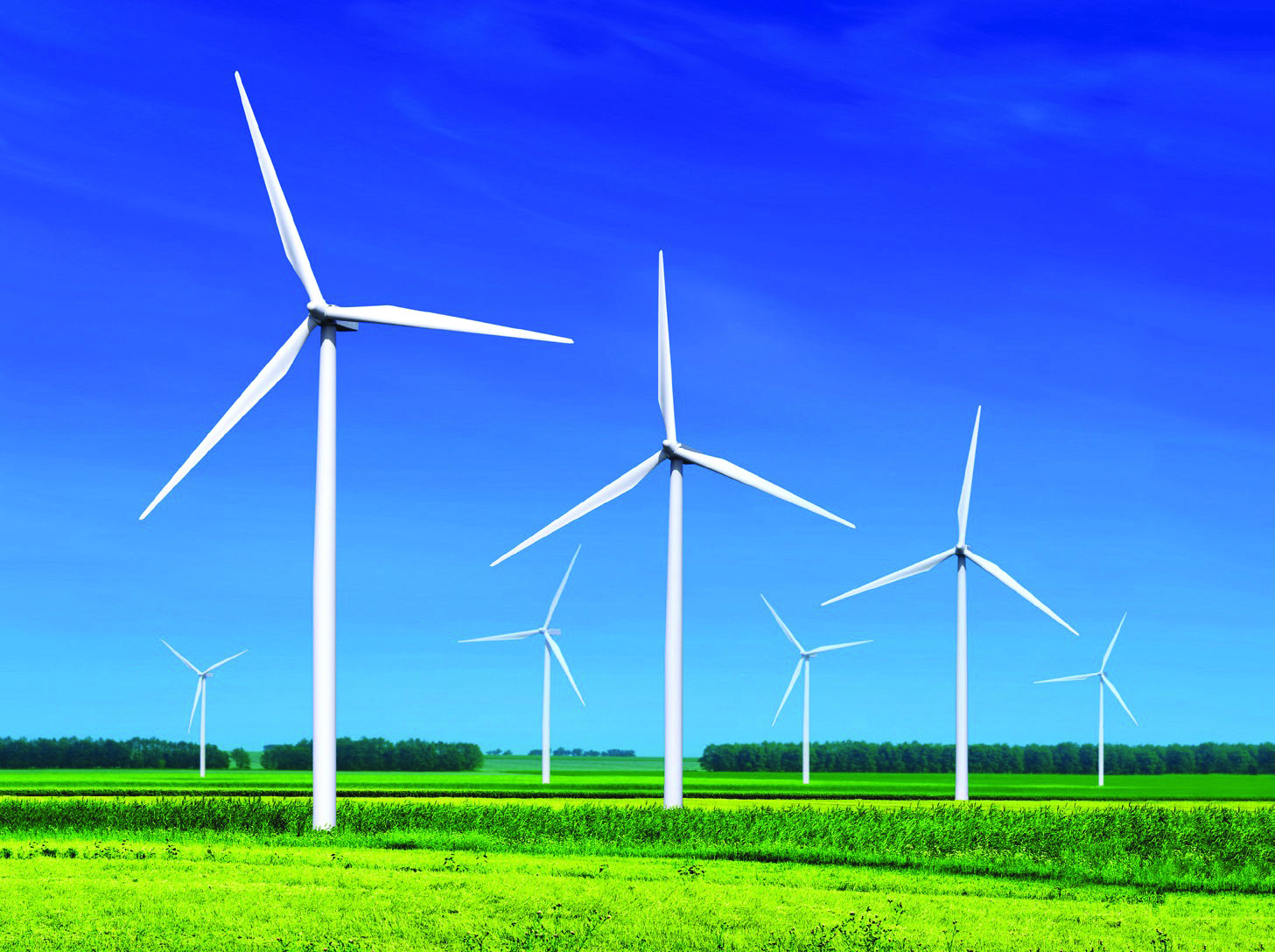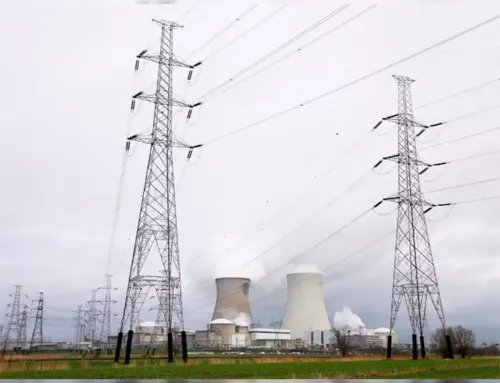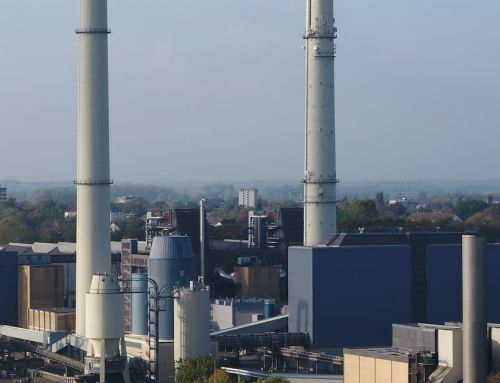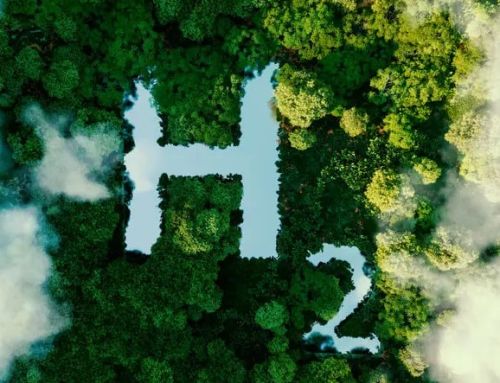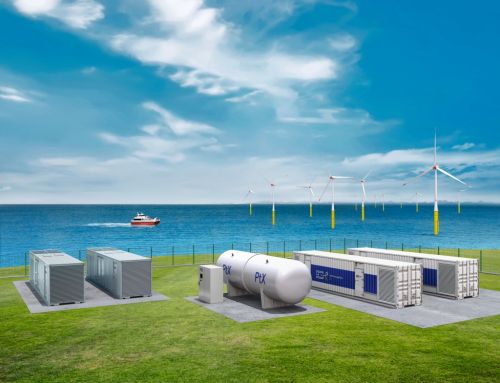What Is Wind Energy?
To answer this question, it’s best to start with another: What is wind?
Wind is born when pockets of the Earth’s craggy surface get different amounts of sun and cool or heat faster than others nearby. To balance those differences, like mixing hot and cold water in a bathtub, air moves around the world—gaining or losing speed as it dips through valleys and sprints over rivers. That creates—you guessed it—wind.
Wind can be powerful enough to whisk birds through the sky, move sailboats across the ocean, and even rip trees from the ground. In comparison to all that, pushing wind turbine blades is easy! It’s that movement of the turbines that creates electricity.
How Do Wind Turbines Work?
Wind turbines, like windmills, catch the wind’s energy with propeller-like blades. These blades can have a horizontal axis, like a fan, or vertical one, like a merry-go-round. The most common design is a tall tower with three large blades on a horizontal axis. But some vertical-axis wind turbines look like eggbeaters, while others look like the windmills that populated farms a century ago.
Unlike fans, which use electricity to move air, wind turbines use moving air to generate electricity. When the wind blows, its force turns the blades, which runs a generator and creates clean electricity. But some turbine designs can produce more clean energy than others. For example, because winds can be more powerful and less volatile higher in the atmosphere, placing turbines on towers 100 feet (or 30 meters) tall—about the height of the Statue of Liberty—can help them generate more electricity. Wind turbine operators can also shift their machines to face directly into the wind—a technique called yawing.
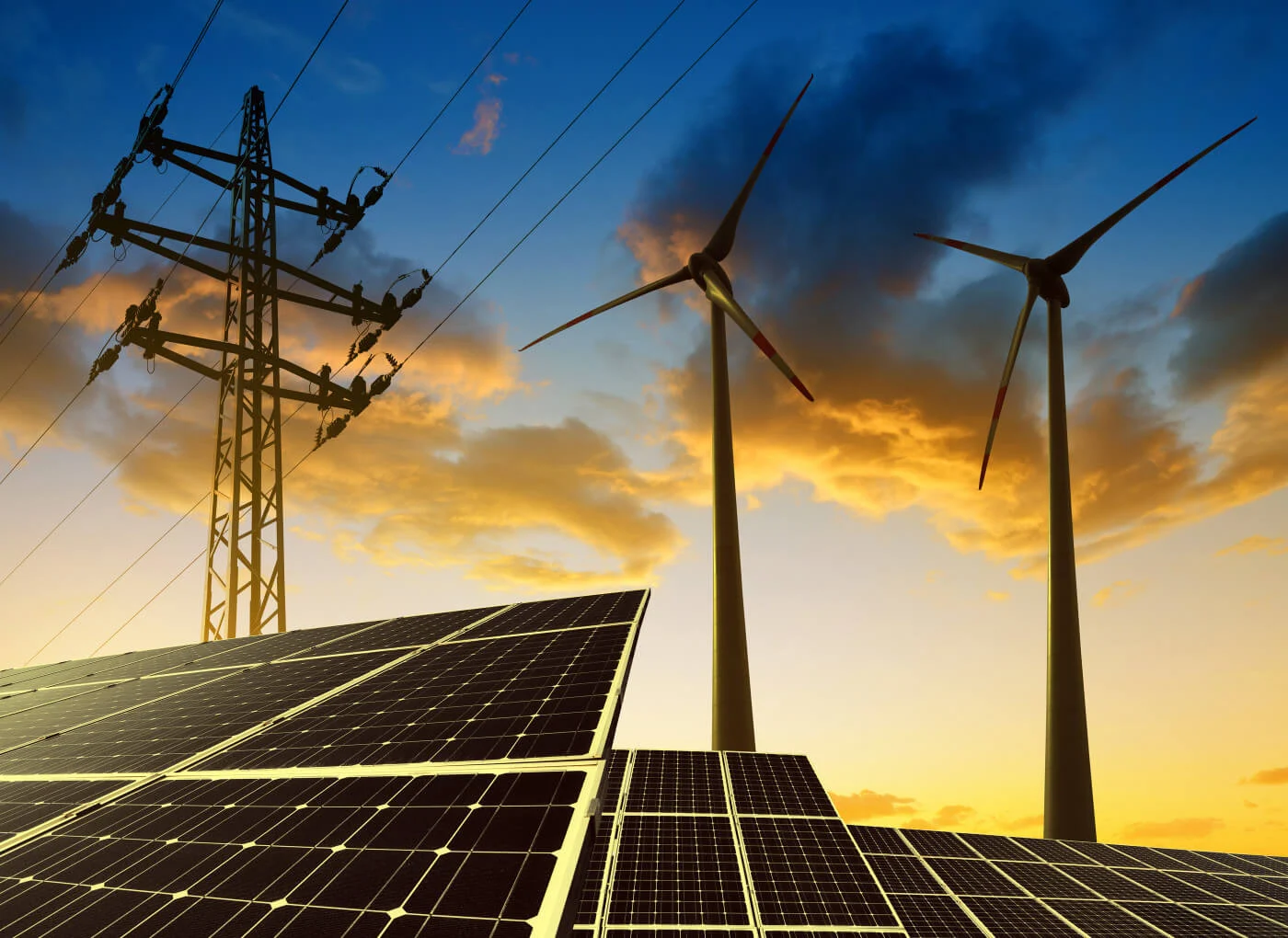
How Do We Get Our Wind Energy?
There are several ways to get power from wind energy. Wind turbines can be built on land, on lakes or in the ocean, in remote wilderness far from the power grid, within cities, or across vast plains.
One wind turbine can power an individual home or farm, but several built close together form a wind energy plant, or wind farm. Wind plants can be land-based or offshore, and they can be hybrid plants (meaning, they include other sources of energy, such as solar energy). Wind energy researchers are trying to learn how many wind turbines built in which arrangements can maximize energy production in wind plants.
Today, most grid-connected wind plants are at least 1 megawatt or larger. The biggest wind farm in the United States spans 100,000 acres (enough to cover half of New York City) and can power more than 250,000 homes.
Why Do We Need Wind Energy?
Wind energy is one of the largest sources of clean, renewable energy in the United States, making it essential to a future carbon-free energy sector. Wind turbines do not release emissions that pollute our air or water, and they can be built with minimal impact to the environment or livelihoods of nearby residents. Farmers and ranchers, for example, can lease their land to wind farms and, because the turbines take up minimal space, continue to grow crops or raise livestock while earning a steady income.
But wind energy can be even better.
The wind energy industry is working to figure out what areas of research need more attention to expand the use of wind energy. This includes understanding how wind interacts with a turbine behind (downwind from) another one, evaluating the best ways to verify new technologies, and incorporating feedback from communities living near or using wind turbines.
Researchers are studying different materials and designs that could make wind turbine blades lighter, longer, more durable, and better at creating energy. New technologies could also make wind turbines less expensive to manufacture, install, operate, and maintain, making wind energy more accessible to more people. As a bonus, some new materials and processes could make wind turbines more reusable or recyclable, which can cut down on waste, too.
Scientists are also studying ways to limit the impact wind turbines can have on wildlife. For example, sound and light could warn birds and bats to fly around wind turbines. And even though wind turbines must be installed far enough from homes that they produce noise no louder than a refrigerator’s hum, researchers have discovered ways to further reduce their noise levels. Because wind turbines are a significant source of clean energy, they lower pollution to help keep the Earth (and, therefore, its birds, bats, and humans) healthy.
